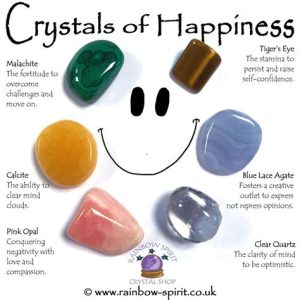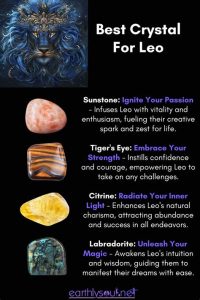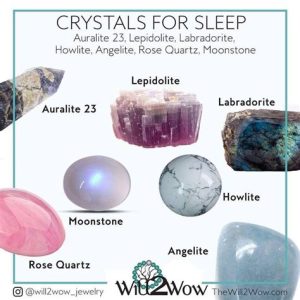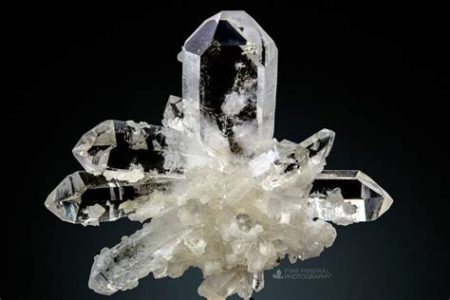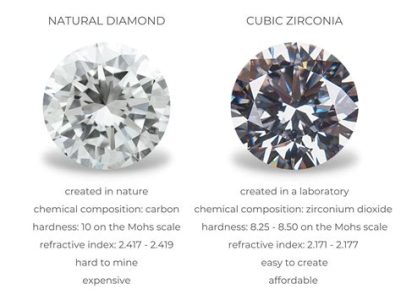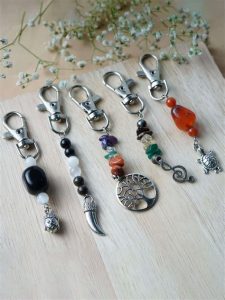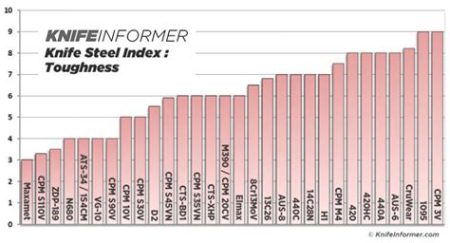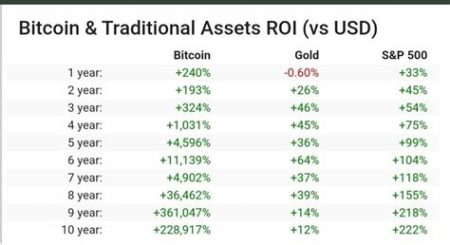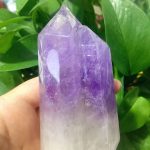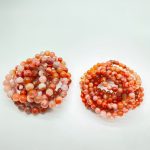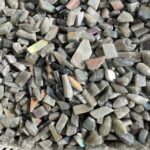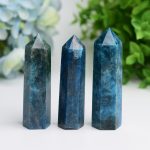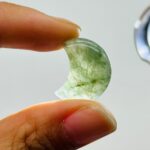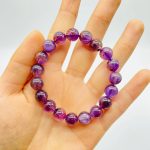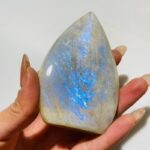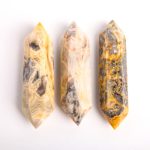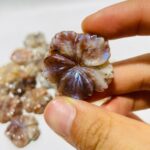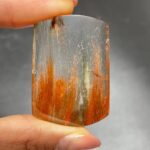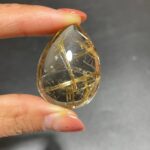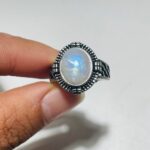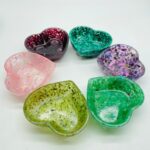Introduction
Pyrite, known as “fool’s gold,” and quartz are two common minerals often found together in nature. While they share some similarities, their distinct properties make them easily distinguishable. This comprehensive guide explores the key differences between fool’s gold and quartz, their geological characteristics, potential applications, and economic implications.

Geological Characteristics
Composition
- Pyrite: Iron sulfide (FeS₂)
- Quartz: Silicon dioxide (SiO₂)
Crystal Structure
- Pyrite: Cubic
- Quartz: Hexagonal
Color
- Pyrite: Golden yellow
- Quartz: Varies widely (clear, white, pink, purple, etc.)
Hardness
- Pyrite: 6.0-6.5 Mohs scale
- Quartz: 7.0 Mohs scale
Distinguishing Features
Appearance
Fool’s gold often exhibits a metallic luster and cubic crystals, while quartz typically has a glassy luster and irregular, hexagonal crystals.
Color
Pyrite’s golden color can resemble gold, whereas quartz comes in a wide range of colors, making it less distinctive.
Hardness
Quartz is harder than pyrite, so it will scratch pyrite’s surface.
Potential Applications
Fool’s Gold
- Jewelry: Despite its name, pyrite is sometimes used in jewelry making due to its attractive golden color.
- Sulfur extraction: Pyrite can be a source of sulfur, an important industrial material.
- Historical significance: Pyrite was once mistaken for gold, leading to gold rushes and historical events.
Quartz
- Electronics: Quartz crystals are used in oscillators, resonators, and other electronic devices.
- Jewelry: Quartz in various colors and forms is popular in jewelry making.
- Construction: Quartz sand is a key component in glass, ceramics, and other building materials.
Economic Implications
Gold Mining
Confusion between fool’s gold and gold has impacted gold mining throughout history. Inexperienced prospectors mistaking pyrite for gold has led to false claims and financial losses.
Jewelry Industry
The use of fool’s gold in jewelry can be misleading, as it may be mistaken for genuine gold. This underscores the importance of proper identification and labeling to avoid consumer fraud.
Pain Points and Motivations
Pain Points:
- Difficulty distinguishing fool’s gold from gold, especially for inexperienced individuals.
- Confusion in the jewelry industry leading to misrepresentation of materials.
Motivations:
- Accurate identification of minerals for gold mining and jewelry purposes.
- Consumer protection and ethical practices in the jewelry industry.
Effective Strategies
Identification Techniques:
- Visual inspection: Observe mineral shape, color, and luster.
- Hardness test: Scratch the mineral with a harder object to determine its hardness.
- Chemical tests: Use reagents to identify the mineral’s chemical composition.
Jewelry Industry Regulation:
- Establish clear labeling requirements for gold and gold-like materials.
- Educate consumers about the differences between fool’s gold and gold.
- Encourage responsible business practices among jewelers.
Tips and Tricks
Fool’s Gold Identification:
- Check for cubic crystals and a metallic luster.
- Use a magnet to see if the mineral is magnetic. Fool’s gold is not magnetic.
- Scratch the mineral with a piece of glass. Fool’s gold will leave a greenish-black streak.
Quartz Identification:
- Look for hexagonal crystals and a glassy luster.
- Quartz is harder than glass, so it will scratch a glass surface.
- Hold the mineral up to light. Clear quartz will allow light to pass through it.
Step-by-Step Approach to Distinguishing Fool’s Gold from Quartz
- Examine the Color: Fool’s gold is typically golden yellow, while quartz comes in various colors.
- Check the Luster: Fool’s gold has a metallic luster, while quartz has a glassy luster.
- Test the Hardness: Scratch the mineral with a harder object. Fool’s gold is softer than quartz and will be scratched.
- Use a Magnet: Fool’s gold is not magnetic, while some types of quartz may be magnetic.
- Observe the Crystal Structure: Fool’s gold has cubic crystals, while quartz has hexagonal crystals.
Current Status and Future Outlook
The accurate identification of fool’s gold and quartz remains important in mining, jewelry, and other industries. Education and technological advancements are continuously improving our ability to distinguish between these minerals. In the future, we can expect the development of novel methods for mineral identification using techniques such as spectroscopy and microscopy.
Innovative “Neologism” for New Applications
Pyriteart
Pyriteart is a new concept that combines fool’s gold with art. By embedding pyrite crystals into resin or other materials, artists create unique and eye-catching artworks that leverage the metallic beauty of fool’s gold.
Tables
Table 1: Physical Properties of Fool’s Gold and Quartz
| Property | Fool’s Gold | Quartz |
|---|---|---|
| Composition | Iron sulfide (FeS₂) | Silicon dioxide (SiO₂) |
| Crystal Structure | Cubic | Hexagonal |
| Color | Golden yellow | Varies (clear, white, pink, purple, etc.) |
| Luster | Metallic | Glassy |
| Hardness (Mohs scale) | 6.0-6.5 | 7.0 |
Table 2: Potential Applications of Fool’s Gold and Quartz
| Mineral | Applications |
|---|---|
| Fool’s Gold | Jewelry, sulfur extraction, historical significance |
| Quartz | Electronics, jewelry, construction |
Table 3: Distinguishing Features Between Fool’s Gold and Quartz
| Feature | Fool’s Gold | Quartz |
|---|---|---|
| Color | Golden yellow | Varies |
| Luster | Metallic | Glassy |
| Hardness | Softer than quartz | Harder than quartz |
| Crystal Structure | Cubic | Hexagonal |
| Magnetism | Not magnetic | May be magnetic (some types) |
Table 4: Effective Strategies for Distinguishing Fool’s Gold from Quartz
| Strategy | Description |
|---|---|
| Visual Inspection | Observe mineral shape, color, and luster. |
| Hardness Test | Scratch the mineral with a harder object. |
| Chemical Tests | Use reagents to identify the mineral’s chemical composition. |
| Magnet Test | Check if the mineral is attracted to a magnet. |
| Specialized Equipment | Use tools like a microscope or spectrometer for more precise identification. |

